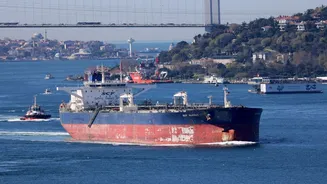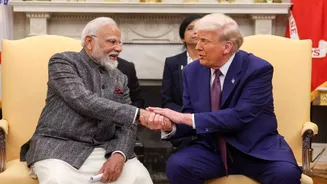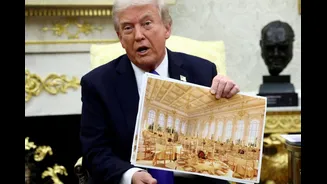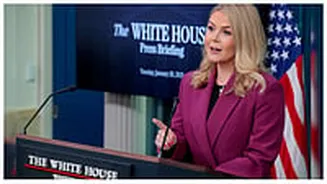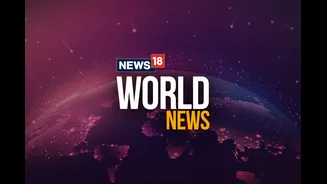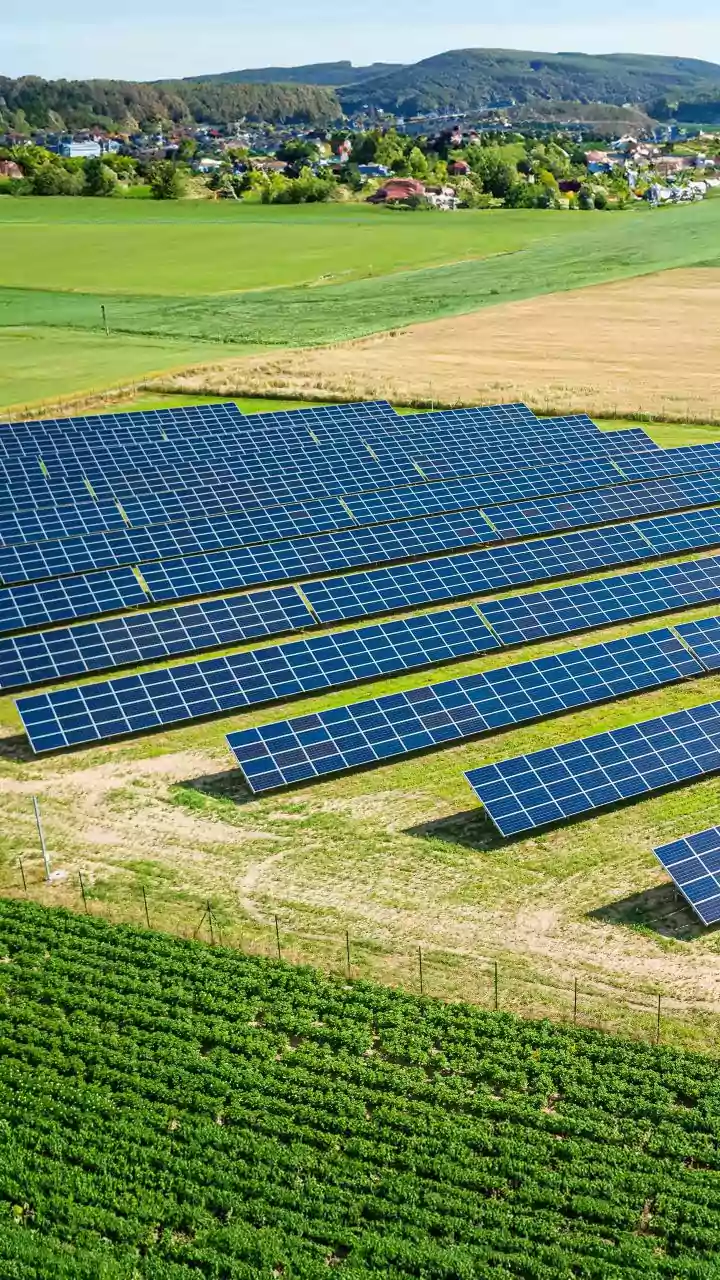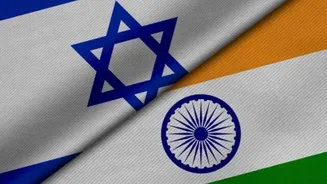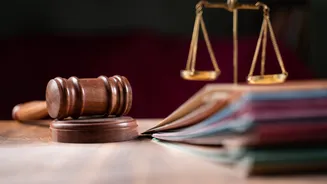Peace is the most desirable option, but sincerity and a sense of purpose on all sides and stakeholders in equal measure are essential. Incidentally, the first wheat consignment from Kazakhstan to Armenia via Azerbaijan augurs well. India welcomed these developments and the quest for peace in the Caucasus. But its pace and sustenance will also depend on continued engagement of US President Donald Trump for some time.
President Trump, in his missionary zeal to quench the fires of conflicts, played cupid, and the Trump Route for International Peace and Prosperity (Tripp), with strategic connectivity and $149 million to fund it, is being flagged as a guarantee for success.
PM Pashinyan has been on the spree of mending fences, and in this he also reached out to Turkey, despite historic baggage, and visited twice as well as invited President Recep Tayyip Erdogan to visit Armenia. He even accused the prevalent narratives created by the KGB of yore that “a Turk remains a Turk; an Armenian remains an Armenian". "We must break away from this worldview created for us by KGB agents,” he said.
A land route is almost ready to be opened between the two countries. On the sidelines of the Tianjin SCO Summit, Armenia and Pakistan established diplomatic relations, most probably under pressure or persuasion by both Washington and Beijing or due to their quest for SCO membership, pursuant to the peace deal and strategic partnership agreement with China.
'Rapprochement is real this time' was the message to think tanks, media and opinion makers from all the neighbouring countries and major stakeholders and competitors like the US, China, Russia, India, Turkey, the UAE and Iran. A good exercise in public diplomacy indeed by the prime minister as a grassroots matter.
It is generally agreed that stability in the South Caucasus means fewer geopolitical bottlenecks, greater predictability for energy and transport investments, and a clearer path toward a Pan-Eurasian logistics ecosystem connecting South and Central Asia and the Caucasus to Europe via the Caspian and Black Sea and beyond. Mired and stuck in history forever in a negative sense provides external powers the fodder to ignite the conflicts again and again.
India and Armenia enjoy a historic and civilisational relationship. This has been further enhanced and enriched by strategic interactions and people-to-people (P2P) connections in recent years, marked by increased expectations and mutual trust and respect as well as mutual interests. Both also suffer from neighbourhood issues and connectivity disruptions, mired in unilateral approaches of superpowers.
The two nations follow strategic autonomy, multiple alignments and a multi-vector foreign policy which is balanced and balanced in essence. If we could intensify our cooperation 2,175 years ago, why can’t we do so now with greater vigour? There is hope that Prime Minister Narendra Modi will be able to visit Yerevan soon.
The partnership has become multidimensional, encompassing defence, economics, diplomacy, and transport connectivity, which are critical and important actors in the evolving Eurasian landscape.
Hence, both are exploring newer dimensions of collaboration for enriching mutually beneficial ties through trilateral, plurilateral, institutional and connectivity initiatives, especially in the Eurasian context.
India is engaged with Armenia in a trilateral format with Iran and a Quad format with France and Greece due to geostrategic balancing in the region and for its Mediterranean strategy. The India-Armenia-UAE trilateral could also be conceived for mutual benefit.
Armenia’s ‘Crossroads for Peace’ and India’s ‘Connect Central Asia and Caucasus’ policies provide a robust framework for connectivity and collaborative initiatives in the South Caucasus despite some intrinsic contradictions with certain partners. International North-South Transport Corridor (INSTC) has acquired a new salience in the ongoing global churn and geopolitical and geoeconomic competition.
India is committed to this vital project and has worked to include the Chabahar Port in Iran with the International North-South Transport Corridor (INSTC). In this context the strategic trilateral between India, Armenia and Iran becomes increasingly relevant. They all have been an integral part of the Silk Routes.
Defence and security cooperation has increased significantly in recent years, and with Joint Working Group meetings, it is being carried forward. Foreign Office consultations at the level of deputy ministers this week assess the collaborative agenda and regional and global landscape.
Economic collaboration is currently focused on areas like infrastructure, IT, pharmaceuticals, renewable energy, and tourism. Regular high-level meetings, business forums, and new agreements—like those in medicine regulation and digitalisation as well as healthcare—are concrete signs of advancing ties. It is important to also harmonise standards and tariffs through an institutional mechanism for smooth sailing and connectivity and to address concerns quickly and convincingly.
Moreover, Indian investment in Armenian infrastructure, especially logistics and digitalisation, could strengthen regional trade networks and underpin the development of India’s northbound supply chains. Pending physical and digital connectivity, especially during this AI-driven Industrial Revolution 4.0, should be focused upon when geotechnological competitions have all the ingredients to leave the Global South behind yet again. Hence, a focused collaborative matrix across the region as well as through bilateral formats with a strategic vision is warranted.
Both countries are also looking to work closely within the EAEU format. Recently a Russian delegation visited India, and the talks on the FTA and association agreements are underway, which will also enhance regional cooperation and integration, which Armenia has been supporting. India is also a member in the Saarc, which also has its own trade agreement that is functioning reasonably well despite problems between India and Pakistan due to Rawalpindi continuing to use cross-border terrorism as an instrument of its foreign policy against New Delhi.
But this mechanism, along with others like Bimstec, BBIN and the Eastern Kaladan corridor, along with multiple corridors across the South Caucasus, could significantly enhance inter-regional connectivity and cooperation.
India has recently hosted the Afghan Foreign Minister Amir Khan Muttaqi. Afghanistan is quite important for smooth intra-regional cooperation. Likewise, India and China are also mending fences after a rough five years, which is evident after the Kazan Summit of Brics followed by the SCO Summit in Tianjin. Russia is India’s special and privileged strategic partner, and the same is true with the EU.
Despite certain contradictions during the Trumpian era, India and the US remain global comprehensive strategic partners and would need each other in this transient and volatile global landscape. Likewise, Armenia is also following its foreign policy with strategic autonomy and multialignment, and therefore sufficient scope exists for synergising the partnership with broader objectives.
P2P connections will be central to strengthening bilateral ties. This includes promoting tourism through targeted campaigns, ensuring smoother visa facilitation, and exploring the possibility of direct air connectivity. Religious tourism could also serve as a meaningful bridge—India has a significant Christian community, and Christianity reached its shores as early as 78 AD, well before it spread across much of Europe. Armenia, notably, became the first nation to adopt Christianity as a state religion in 301 AD. To further deepen institutional engagement, it would be timely and appropriate to establish a
Even though India currently does not have a South Caucasus policy, and certain serious issues with Azerbaijan and Turkey hamper closer connection, efforts have to be made to iron out differences through dialogue and diplomacy, and hopefully they will understand Indian sensitivities since terrorism in all forms and manifestations, especially state-sponsored terrorism in particular, is a global problem that has to be confronted decisively.
(The author is the former Indian Ambassador to Jordan, Libya and Malta and is currently a Distinguished Fellow with Vivekananda International Foundation. Views expressed in the above piece are personal and solely those of the author. They do not necessarily reflect Firstpost’s views.)


